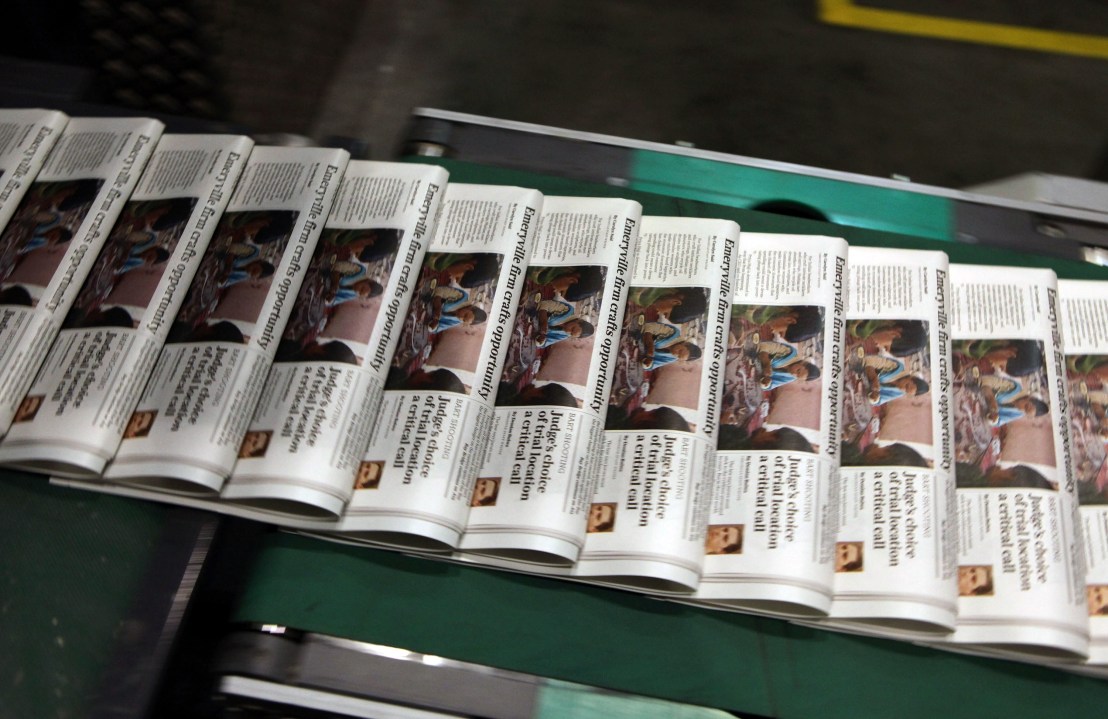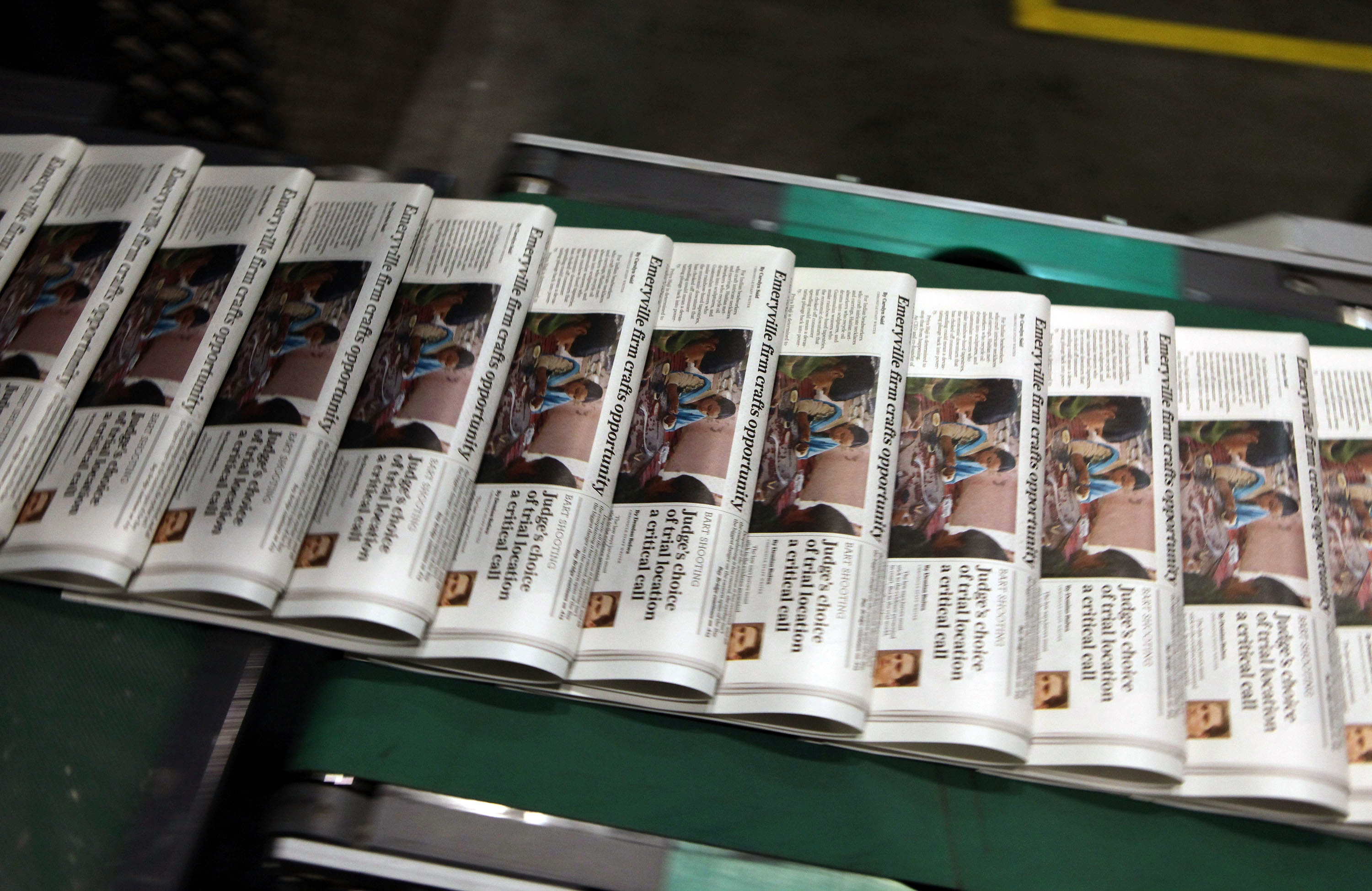 On Boxing Day, Fraser blogged on whether the iPad and other mobile devices will save British journalism. His view peered into the future, but what about the market today? Fraser points to The Times’ Christmas Day edition, the first of the paper that was available purely in electronic form. Along with Apple and News International’s iPad-only ‘Daily’ newspaper to be launched next year, this represents a landmark achievement that could signal the beginning for the future of journalism. Or it could
On Boxing Day, Fraser blogged on whether the iPad and other mobile devices will save British journalism. His view peered into the future, but what about the market today? Fraser points to The Times’ Christmas Day edition, the first of the paper that was available purely in electronic form. Along with Apple and News International’s iPad-only ‘Daily’ newspaper to be launched next year, this represents a landmark achievement that could signal the beginning for the future of journalism. Or it could
represent an industry collectively hurtling towards a brick wall.
Online journalism has now been with us for a decade – but, strikingly, no one has taken the issue of making money from it seriously. The technology has come on leaps and bounds but still there is no business model. This suggests that it may take far longer than anyone has anticipated to find a way to make it work commercially. Look back at how many years it took for the major titles to establish their brands, identities and markets as print papers.
Along with paywalls, the other bandwagon that everyone is extremely keen to jump on is tablet computing (e.g. the iPad). It is understandable that newspaper men see the iPad as the salvation from declining revenues, given the absence of other branches to cling to. But there is, as yet, scant evidence that this will be the innovation to “save Fleet Street” as Fraser put it. There is much optimism that the iPad will evolve in such a way. But such optimism existed for the bringing a new revenue stream through Internet a decade ago.
Newspaper sales have been declining for many years, and 2010 seemed to accelerate this trend. The latest ABCs figures show the Guardian down 11 percent, Telegraph down 12 percent, the Observer down by 15 percent, The Times down 17 percent. The state of affairs is not all doom and gloom though. The owners of the Daily Mail saw a fall in revenues, but £3 million-a-week profit as ad sales recovered. The Telegraph Media Group last reported a 30 percent rise in profits. So, in spite of the market trends, running newspapers continues to be a solid way to make money and exert influence.
How so? Visit any household or train station on a week day morning and chances are there will be a newspaper present. There is no barrier to entry for a newspaper – anyone can walk to the newsagents and pickup a daily for £1. To read a newspaper electronically, there is an entry fee of several hundred pounds, plus the subscription to your paper of choice.
The solution for newspapers might be relatively simple – produce journalism of sufficient quality and integrity that enough people want to buy it. Idealistic, perhaps – but I’m one of these mentioned by Fraser, a trainee journalist being told by everyone in the industry to bail out, and save myself while there’s still time. Naively, perhaps, I am more optimistic. The world of newspapers and publishing is one I still intend to join. These archaic institutions may be dirty, inky, expensive and unfashionable, but, thankfully, there is more life (and profit) in newspapers than people like to admit.







Comments